The Alcazar Of Visual Memory
Alkazi the collector finds a resting place for his art in Delhi
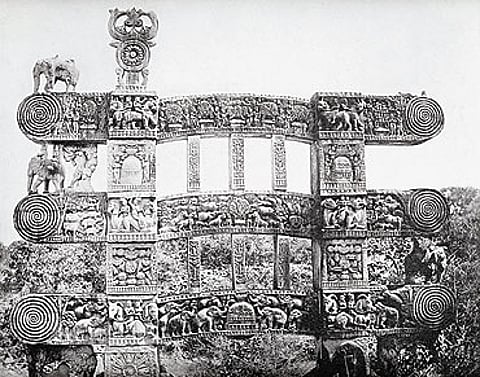
The gateway of Sanchi Stupa from John Marshall’s albums
It was Sultan who seduced him away from painting into theatre. "You can't do everything," he says dismissively about those early years as a painter. "Besides, painting is so two-dimensional compared to the theatre, which is a living art where everything, the sets, actors, script, movement all comes together," says Alkazi, who once brought B.K. Iyengar, then an unknown teacher from Pune, to teach his actors yoga. "It was wonderful, all that joyfulness and dedication, wanting to achieve the highest standards." All his friends in the art world—Vasudev Gaitonde, M.F. Husain, Tyeb Mehta, Akbar Padamsee—wanted to share in this exciting new world, pitching in by painting sets for his productions. And when he moved to Delhi, as director of the NSD where he served famously for 15 years, "many artists moved with me".
It was this "long, affectionate connection" with the artists that was the seed of his priceless art collection, arguably the largest private collection of Indian art anywhere in the world. Alkazi insists it wasn't greed that drove him to start his collection, but a genuine desire to help out his artist friends. "There were so few art buyers in those days, most artists couldn't even afford to rent gallery space for exhibitions." As the son of a rich Arab trader who had settled down with his large family (nine children) in a mansion in Pune, Alkazi decided to play patron. He rented gallery space for the struggling artists. And when he noticed that Tyeb was always sidelined at these exhibitions ("there was so much politics, the resentment and jealousy among the artists was unbelievable"), Alkazi rented an entire gallery wing for Tyeb's first exhibition. The artists repaid him in kind, not only painting his sets for free but gifting him their drawings and paintings. Again when F.N. Souza, after a brilliant debut in London, migrated to the US and fell on hard times, it was Alkazi who came to the rescue. He was not the first—that role fell to an American collector who paid Souza 500 dollars a month to produce paintings for him. "But Souza sent him all rubbish," recalls Alkazi, who prides himself on his fine, discerning eye for art. When relations between the artist and his American patron strained, Alkazi stepped in, agreeing to buy Souza's paintings. It wasn't easy for Souza to dupe his new patron. "I knew what I wanted," says Alkazi, "I wouldn't settle for anything less."
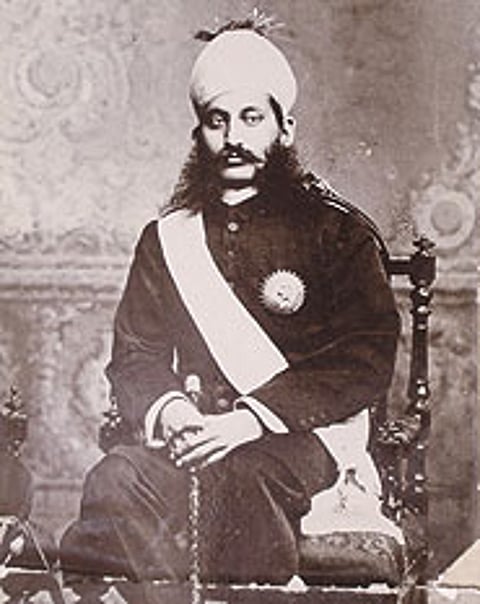
The sixth Nizam of Hyderabad, Mir Mahboob Ali Khan |
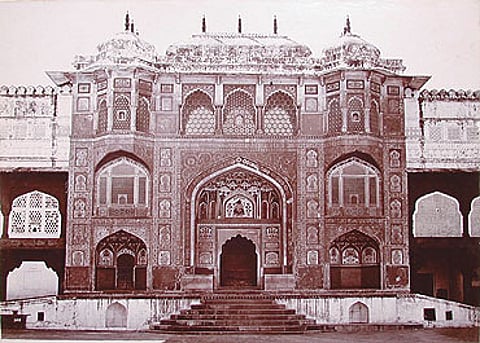
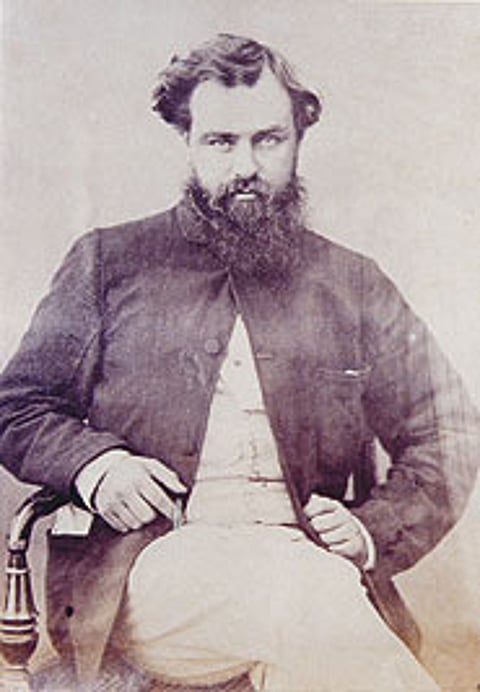
John Tressider, whose personal album portrays life in Kanpur in 1847 |
So, why does he want to bring home his collection, over 80,000 rare photographs in all, now lying scattered in his two centres in London and New York, back here to India? That too, even while "people think I'm mad when I expect them to handle my collections with care", where he dreads being chased by publishers who want to publish coffee-tablers "of pretty pictures without context", and friends who will want to gape at his pictures wondering how much they cost. Because, says Alkazi, "these photos were never meant to lie in boxes". He wants to throw open his collection to select scholars, to open a private research institution that offers its priceless archives that is unlike any other in the country. His foundation also plans to publish books, not mere coffee-tablers but scholarly books that put the photographs in their right context. The first of the series, Lucknow: City of Illusion, is already out, showcasing the photographs of Felice Beato, "the grandfather of war photography."
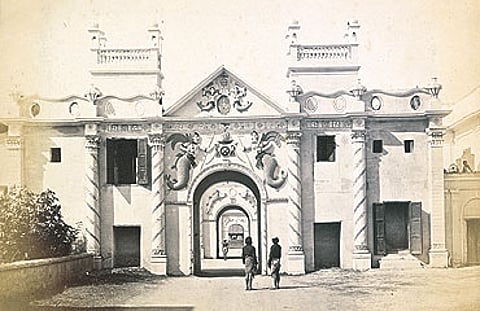
Mermaid Gates, Lucknow, photographed by Samuel Bourne
There's another reason why Alkazi is hurrying to bring his vast collection home. It's a fear that it will end up where he picked it up from: the marketplace. "Death taxes abroad are so high that many families are forced to sell off their inherited collections. Even the library of Sir Kenneth Clark, who headed the National Gallery in London, was sold off because his children couldn't afford to keep it." The Foundation, Alkazi hopes, is the only way to ensure that his life's endeavour won't crumble into anonymity after him. Like all great artists, the collector is rooting for immortality.
Tags